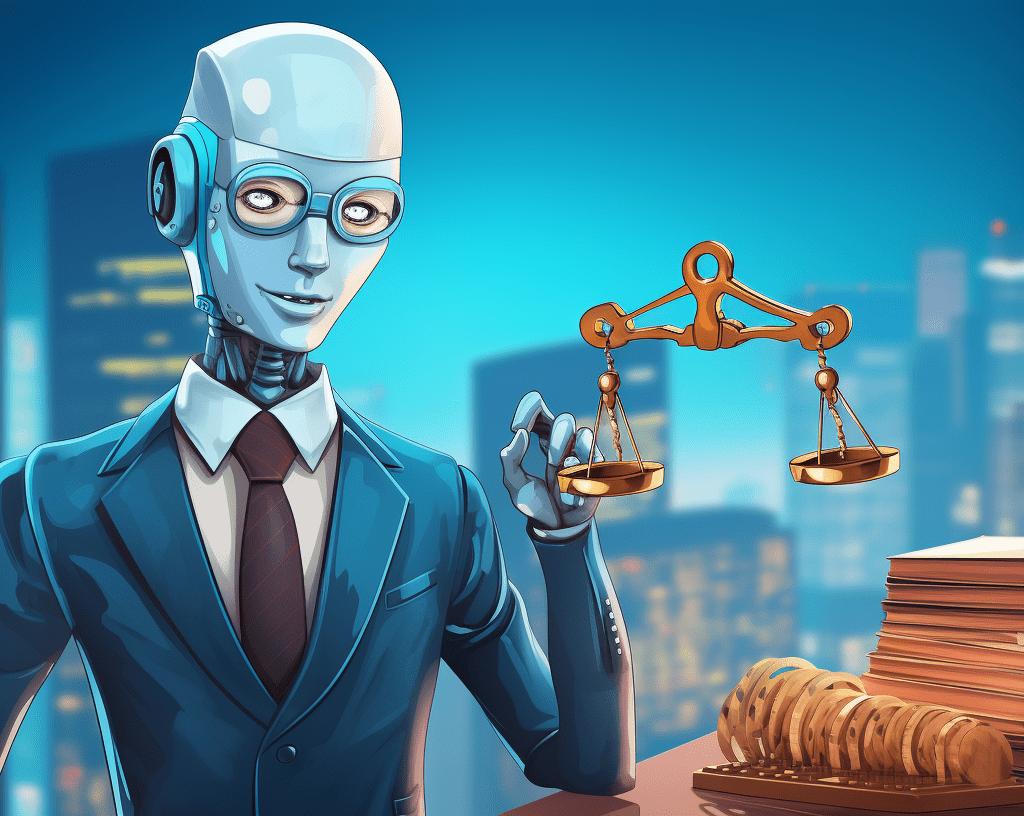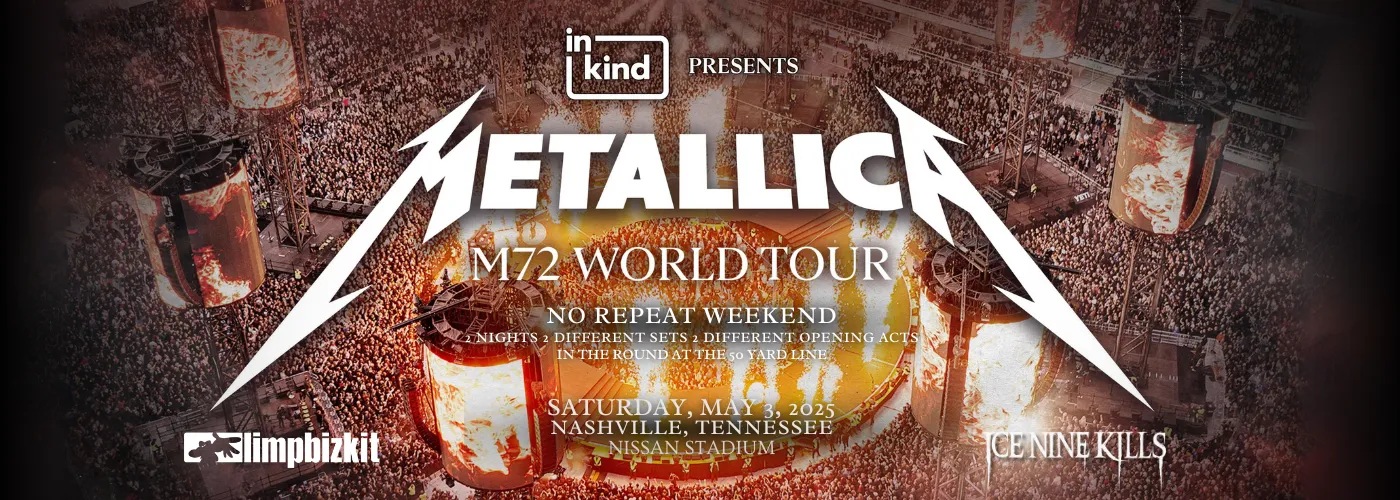Character AI Chatbots And Free Speech: A Legal Gray Area

Table of Contents
The First Amendment and AI: A Clash of Concepts
The First Amendment to the US Constitution protects freedom of speech, ensuring individuals can express themselves without government censorship. However, this protection isn't absolute; it doesn't shield speech that incites violence, constitutes defamation, or is obscene. Applying these well-established principles to AI chatbots like Character AI introduces significant complexities.
-
Does the First Amendment apply to AI-generated speech? This is a central question. If an AI chatbot generates hateful or illegal content, who is responsible? Is it the developers, the users interacting with the chatbot, or the AI itself? Current legal frameworks aren't designed to answer these questions.
-
The concept of "speaker" in the context of AI chatbots. Traditional free speech law centers around human speakers with intent. Determining the "speaker" in the case of an AI is problematic. Is it the programmer who created the algorithm, the company that deployed it, or the AI itself?
-
Challenges in determining the intent behind AI-generated content. Unlike human speech, AI-generated content lacks explicit intent. This makes it difficult to determine whether content is genuinely harmful or simply a byproduct of flawed algorithms or biased training data. Understanding the intent behind AI-generated outputs remains a major hurdle.
-
Liability for harmful or illegal content generated by Character AI. The potential for AI chatbots to generate harmful or illegal content raises serious concerns about liability. Determining responsibility for such content is a complex legal challenge that requires clarification.
Applying existing legal frameworks designed for human speech to AI presents significant challenges. Furthermore, the potential for AI to be used to circumvent existing free speech restrictions – by automating the dissemination of propaganda or hate speech, for example – is a significant concern.
Character AI's Terms of Service and Content Moderation
Character AI, like other platforms, has terms of service that govern user interactions and content. Understanding these terms is crucial in analyzing the platform's responsibility regarding free speech.
-
Character AI's policies on hate speech, harassment, and illegal content. The platform outlines specific prohibitions against hateful, harassing, or illegal content. However, enforcing these policies presents substantial challenges.
-
The effectiveness of Character AI's content moderation systems. Character AI employs various content moderation techniques, including automated systems and human review. However, the effectiveness of these systems in preventing harmful content from reaching users is a subject of ongoing debate. The scale of AI-generated content necessitates a highly sophisticated and adaptable approach.
-
The balance between free expression and the prevention of harm. Character AI faces the difficult task of balancing freedom of expression with the need to prevent the spread of harmful content. This is a delicate balancing act with no easy answers.
-
The role of user reporting in content moderation. User reporting plays a vital role in identifying and removing inappropriate content. Encouraging users to report problematic content is crucial for effective content moderation.
Content moderation at scale for AI-generated content is exceptionally challenging. AI algorithms used for content moderation can also inherit and amplify existing biases, leading to unfair or inconsistent enforcement of platform policies.
Legal Precedents and Future Legislation
Existing legal cases related to online speech provide some guidance, but their applicability to AI chatbots is often unclear.
-
Cases involving online platforms and their responsibility for user-generated content. Cases like Section 230 of the Communications Decency Act in the US have attempted to address the liability of online platforms for user-generated content. These precedents are relevant but don't fully address the unique challenges posed by AI-generated content.
-
The potential for new legislation specifically targeting AI-generated speech. Given the novelty of AI chatbots, new legislation might be necessary to address the unique legal challenges they present. Such legislation needs to be carefully crafted to avoid stifling innovation while protecting users from harm.
-
International legal frameworks and their applicability to AI. International laws and conventions related to free speech and online content also need to adapt to the emergence of AI chatbots. Harmonizing international legal frameworks would be beneficial but faces significant political and logistical obstacles.
-
The need for clear legal definitions of AI-generated content. A lack of clear legal definitions hinders the effective regulation of AI-generated content. Defining "AI-generated content" and establishing clear lines of responsibility is crucial for future legal frameworks.
Future legislation will significantly impact the development and use of Character AI and similar technologies. Self-regulation within the Character AI community, through community guidelines and responsible development practices, also plays a critical role.
The Role of Developers and Users
Ethical considerations are paramount in the development and use of Character AI.
-
Building AI systems that minimize the generation of harmful content. Developers have a responsibility to design AI systems that are less likely to generate harmful or biased content. This includes incorporating robust safety measures and ongoing monitoring.
-
Transparency in AI algorithms and decision-making processes. Transparency in how AI systems function is crucial for accountability and trust. Openness about algorithms and training data can facilitate scrutiny and improve the overall safety and fairness of the system.
-
User education and responsible AI usage. Educating users on responsible AI interaction is essential. Users need to understand the capabilities and limitations of these technologies and use them responsibly.
-
Accountability for the actions of AI chatbots. Clear lines of accountability must be established to address instances of harm or misuse of Character AI chatbots. This accountability should extend to both developers and users.
Users also have an ethical obligation to engage with Character AI chatbots responsibly, avoiding the generation or dissemination of harmful content.
Conclusion
Character AI chatbots represent a significant legal and ethical challenge, pushing the boundaries of free speech in unprecedented ways. The application of existing legal frameworks to AI-generated content is difficult, requiring careful consideration of the roles of developers, platforms, and users. The need for clear legal definitions and effective content moderation systems is paramount.
The evolving landscape of Character AI chatbots necessitates ongoing discussion and critical analysis. Let's continue the conversation about responsible innovation and the future of free speech in the age of AI. Learn more about the legal implications of Character AI chatbots and engage in the debate to shape the future of this technology.

Featured Posts
-
 Kazakhstan Triumphs Over Australia In Billie Jean King Cup
May 23, 2025
Kazakhstan Triumphs Over Australia In Billie Jean King Cup
May 23, 2025 -
 Metallica To Play Two Nights At Dublins Aviva Stadium In June 2026
May 23, 2025
Metallica To Play Two Nights At Dublins Aviva Stadium In June 2026
May 23, 2025 -
 Has Manchester United Found Its Best Signing In Years With Noussair Mazraoui
May 23, 2025
Has Manchester United Found Its Best Signing In Years With Noussair Mazraoui
May 23, 2025 -
 La Real Sociedad Victima Del Virus Fifa Consecuencias De Un Calendario Extenuante
May 23, 2025
La Real Sociedad Victima Del Virus Fifa Consecuencias De Un Calendario Extenuante
May 23, 2025 -
 Transformation Maxine Developper Une Assurance De Soi Durable
May 23, 2025
Transformation Maxine Developper Une Assurance De Soi Durable
May 23, 2025
Latest Posts
-
 Memorial Day Weekend Gas Prices Lowest In Decades
May 23, 2025
Memorial Day Weekend Gas Prices Lowest In Decades
May 23, 2025 -
 2025 Memorial Day Weekend Beach Forecast Ocean City Rehoboth Sandy Point
May 23, 2025
2025 Memorial Day Weekend Beach Forecast Ocean City Rehoboth Sandy Point
May 23, 2025 -
 Memorial Day Weekend 2025 Beach Forecast Ocean City Rehoboth Sandy Point
May 23, 2025
Memorial Day Weekend 2025 Beach Forecast Ocean City Rehoboth Sandy Point
May 23, 2025 -
 Memorial Day Weekend 2025 Ocean City Rehoboth And Sandy Point Beach Forecast
May 23, 2025
Memorial Day Weekend 2025 Ocean City Rehoboth And Sandy Point Beach Forecast
May 23, 2025 -
 2025 Umd Graduation Kermit The Frog To Deliver Commencement Address
May 23, 2025
2025 Umd Graduation Kermit The Frog To Deliver Commencement Address
May 23, 2025
